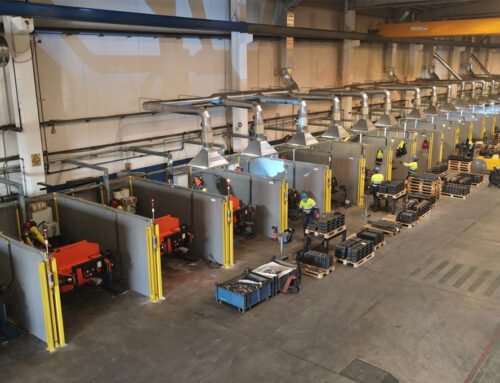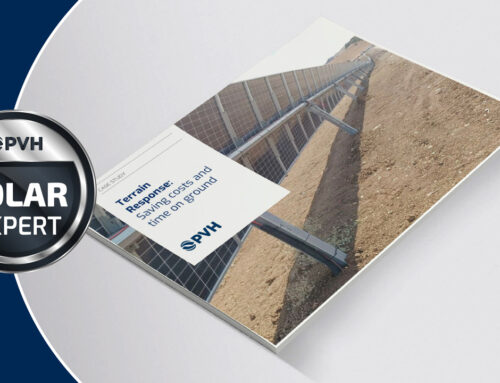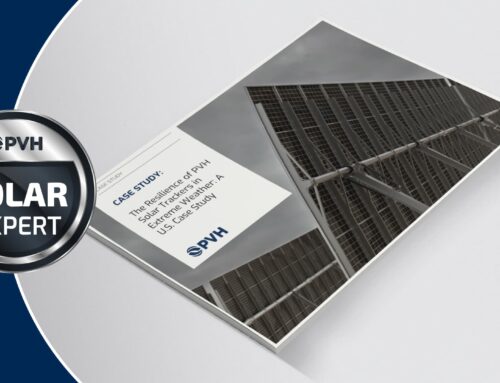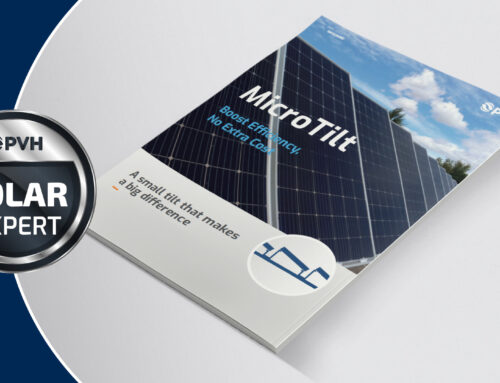Understanding the Module Compatibility Letter in Solar Projects
30/07/2025

In solar energy, ensuring that photovoltaic (PV) modules and their supporting structures work seamlessly together is essential for efficiency, safety, and durability. A key element in achieving this is the Module Compatibility Letter, a document that certifies that the PV modules and the mounting system, such as a solar tracker, are fully compatible. Without it, a solar installation could face performance risks, compliance issues, or even safety concerns.
What is a Module Compatibility Letter?
A Module Compatibility Letter is a technical document confirming that PV modules can be securely and effectively integrated with their supporting structure. This certificate is not only a guarantee of mechanical and environmental stability but also a vital step for meeting industry standards and ensuring optimal system performance. For developers and investors, it provides confidence that the chosen components will work in harmony over the lifetime of the project.
The Role of IEC 61215 in Solar Projects
One of the most relevant standards in this context is IEC 61215, which establishes the design requirements and qualification tests for crystalline silicon PV modules. Its goal is to ensure that modules can withstand environmental challenges such as temperature fluctuations, humidity, snow, hail, and wind.
However, IEC 61215 does not cover the structural aspects of mounting systems or trackers, which is why additional evaluation is needed to confirm full system compatibility.
To achieve this, several factors must be taken into account:
-
Mechanical stability: The tracker must maintain proper alignment and prevent module deformation.
-
Load resistance: The mounting system must support the wind and snow loads tested under IEC 61215.
-
Environmental resilience: Trackers must withstand harsh conditions without damaging the modules.
-
Correct installation: Following manufacturer guidelines ensures both modules and trackers meet industry requirements.
For even more comprehensive compliance, IEC 62817, focused on solar trackers, is often also considered, ensuring the entire PV system operates reliably.
What Should the Compatibility Letter Include?
A well-structured Module Compatibility Letter usually covers:
-
Identification of manufacturers – including names and contact details.
-
Purpose of the letter – confirming module and tracker compatibility.
-
Technical specifications – dimensions, frame type, and tracker model details.
-
Results from evaluations – static load tests, simulations, or design reviews.
-
Installation recommendations – for mounting and securing the modules.
-
Limitations or considerations – any restrictions for safe operation.
-
Signatures and date of issue – from both the module and tracker companies.
This level of detail ensures that all stakeholders have a clear understanding of the system’s capabilities and requirements.
The PVH Compatibility Process
At PVH, we know that compatibility is key to achieving reliable and long-lasting solar projects. That’s why we work hand in hand with module manufacturers to issue compatibility certificates that validate the safe integration of our trackers with different PV modules.
Our process includes:
-
Initial Request – PVH or the module manufacturer initiates the request, defining the project’s scope.
-
Technical Exchange – Both parties share specifications such as module dimensions, frame type, and mounting hole distances.
-
Engineering Review – PVH engineers evaluate the data, sometimes running simulations under wind, snow, or temperature variations.
-
Documentation – Once compatibility is confirmed, PVH issues the official letter, including technical recommendations.
-
Approval & Distribution – The certificate is signed by both companies and shared with developers, EPCs, and other stakeholders.
If any design changes occur in the PV modules or our trackers, we update the certificate to maintain compliance and system reliability.
Why the Module Compatibility Letter Matters
The Module Compatibility Letter is more than just a formal document; it is a safeguard for the entire solar project. Its benefits include:
-
Regulatory compliance – meeting international standards like IEC 61215 and IEC 62817.
-
Safety and reliability – ensuring the modules and trackers work together without risk.
-
Clear warranties – defining each party’s responsibilities and protecting long-term investments.
-
Optimized performance – ensuring maximum efficiency and energy yield.
Ensuring the Future of Solar Projects
At PVH, our commitment goes beyond supplying solar trackers, we ensure every project is backed by proven compatibility. By collaborating closely with PV module manufacturers, we mitigate risks and guarantee long-term system performance.
When you choose PVH, you’re choosing precision, innovation, and a partner dedicated to the success of your solar projects. With every Module Compatibility Letter, we help ensure that your installation is not only compliant and reliable but also designed to deliver the best results for decades to come.












